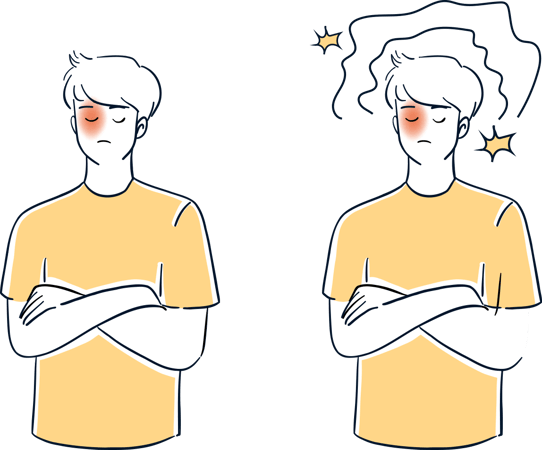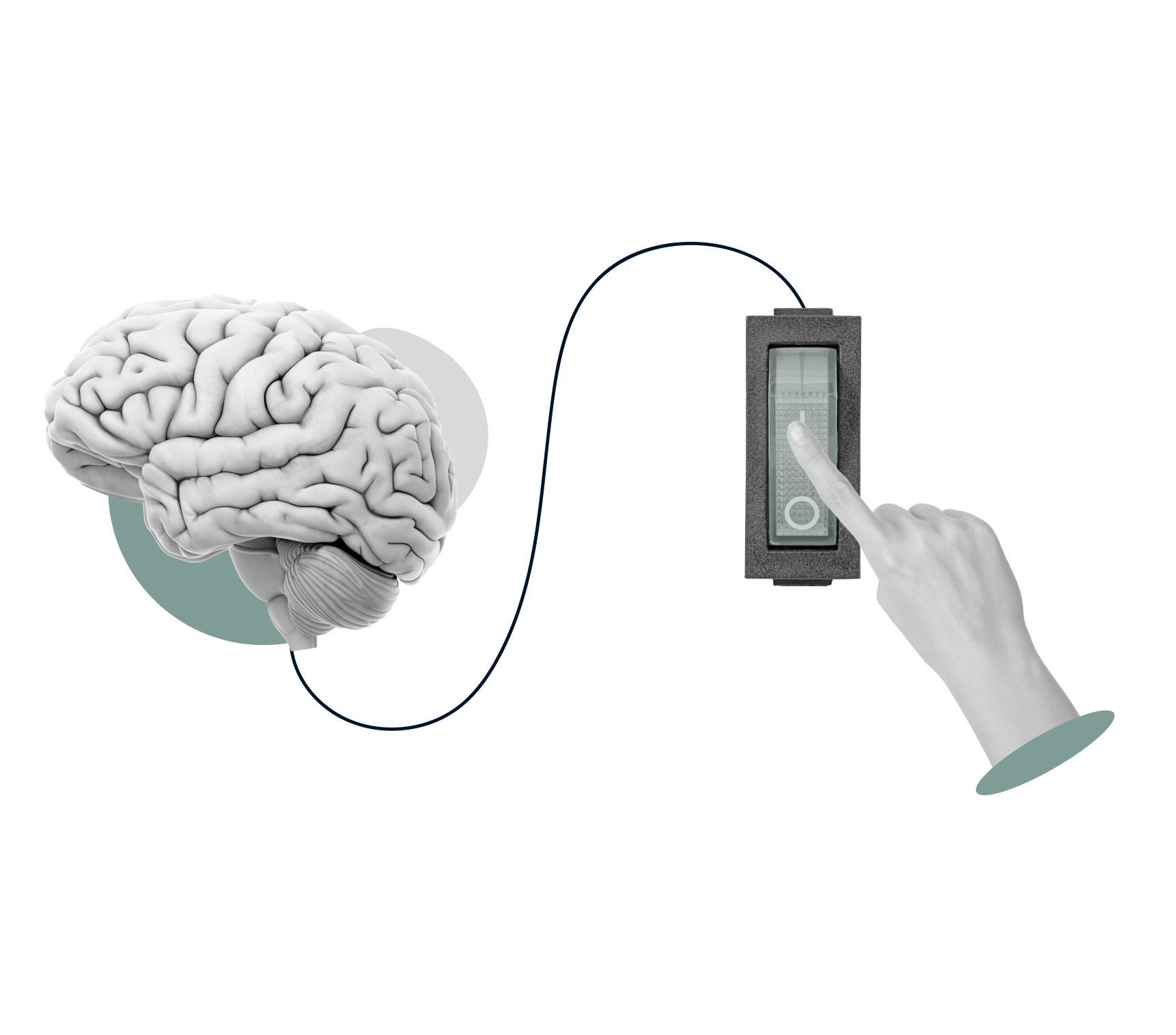Migraines: with and without auras

We all dread migraines — the throbbing pain, sensitivity to light and sound, nausea, and the crushing feeling that they have no end. But few of us know there are two types and that telling them apart is critical to managing them.
The most common type of migraine is the one that springs on us out of nowhere, and the other type has similar symptoms but follows warning signs called 'auras'.
Migraines without auras
You’re going about your day as usual when, seemingly out of nowhere, BAM, a pain so bad you can focus on nothing else starts to pulse on one side of your head. Lights grow intolerably bright, and your child’s usually pleasant violin playing takes on a particularly grating quality. You feel sick and can’t imagine doing anything at all other than lying down somewhere dark and quiet.
This is a common migraine, and it can last for between four and 27 hours. If you’ve been diagnosed with this type of headache, it is most likely because you’ve had more than five attacks and your headaches always have the following qualities:
- The pain is on only one side of your head.
- You would describe the pain as 'pulsating' or 'throbbing'.
- The pain is anywhere between 'I can focus on little else' and 'this is the worst headache I’ve ever had'.
- Your routine activity makes your migraine worse. Your migraines come with nausea — sometimes vomiting — or sensitivity to light and sound.
Migraines with auras
You’re going about your day as usual when you start to feel strange — you’re seeing flashing lights, there is tingling somewhere in your body, or it is suddenly difficult to talk normally. This unusual sensation lasts only a few minutes but is then followed by a migraine, complete with one-sided throbbing, severe pain, and the avoidance of activity.
These are migraines with auras. They used to be called classical, ophthalmic, aphasic, or complicated migraines and are the same as common migraines, only they follow warning signs, called ‘auras’. These auras include:
- Blindspots, flickering lights, zig-zag patterns, half vision, double vision.
- Numbness, tingling, loss of balance, dizziness.
- Difficulty expressing yourself normally or articulating words properly.
- Ringing or buzzing in your ears. Loss of consciousness.
Your headaches are likely to be diagnosed as migraines with auras if you’ve had at least two attacks and any three of the following:
- At least one aura that spreads gradually over five minutes.
- Two or more auras that follow each other.
- Each aura lasts between five minutes and an hour.
- One of the auras is on one side of your head.
- At least one aura is positive — it adds sensations such as shimmering lights, tingling, zig-zag patterns in your field of vision, etc.
- A headache follows the aura within an hour.
When to see a doctor about your migraines?
If you are struggling with headaches, fill in this quick form so we can us help you get to the bottom of what kind of headaches you are experiencing.

